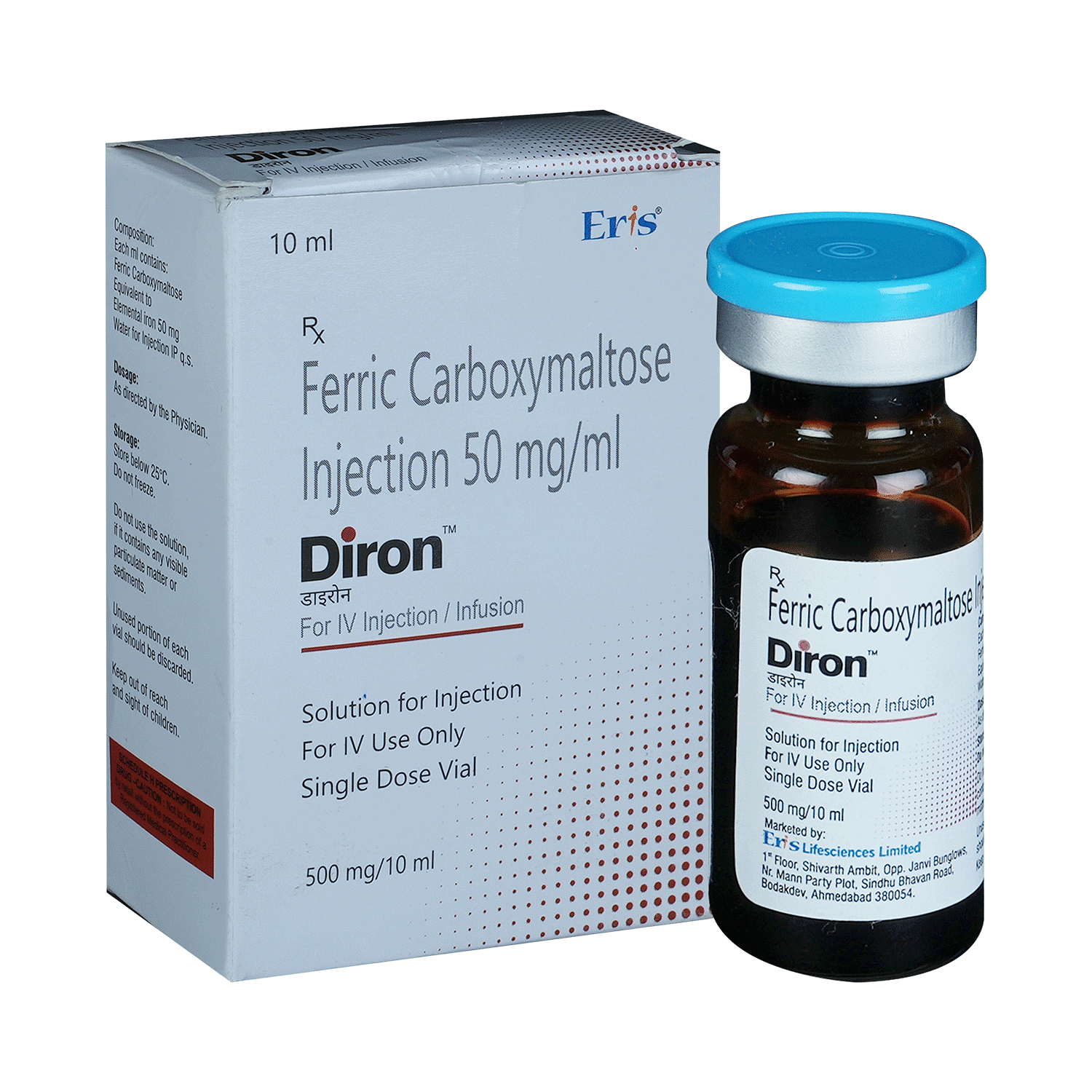
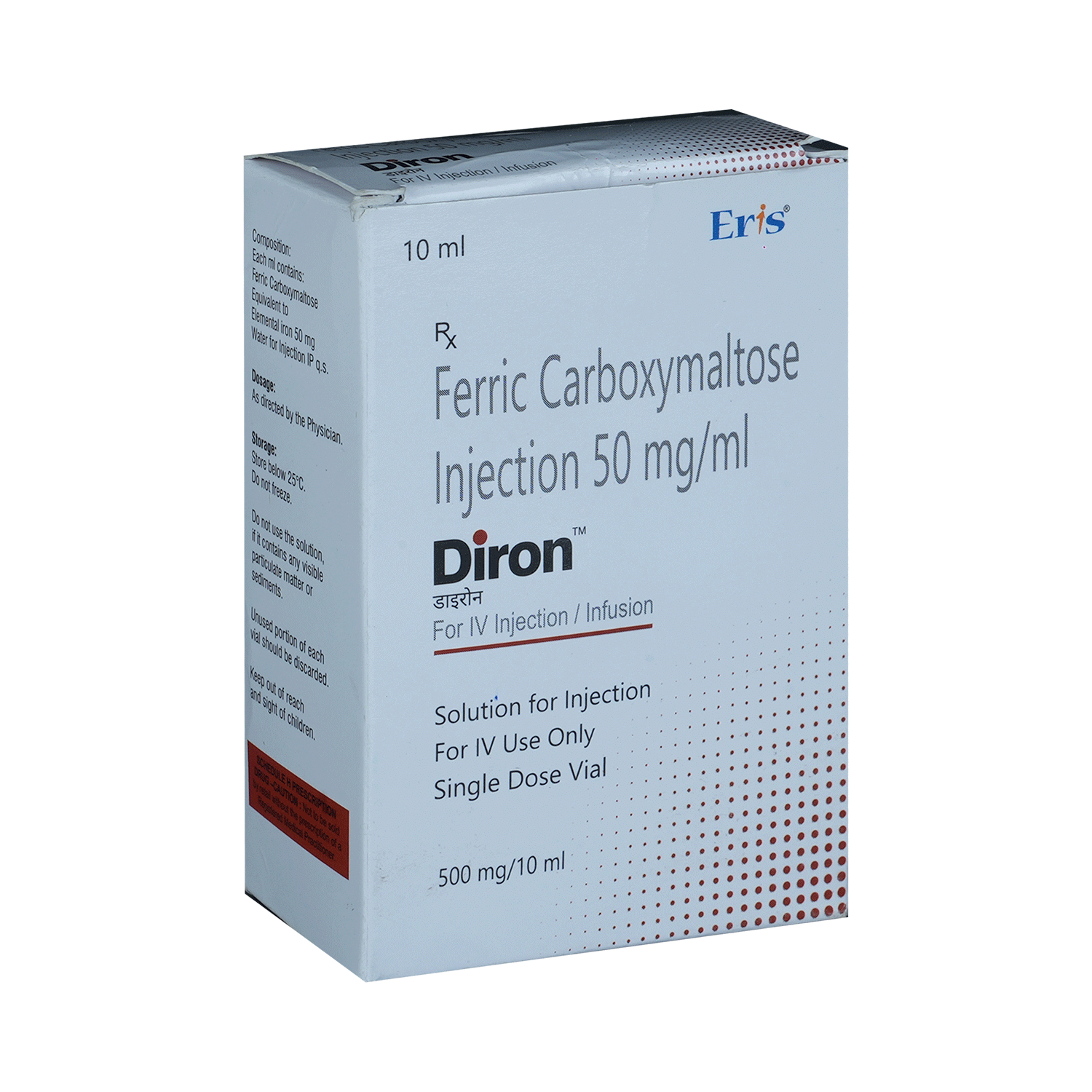
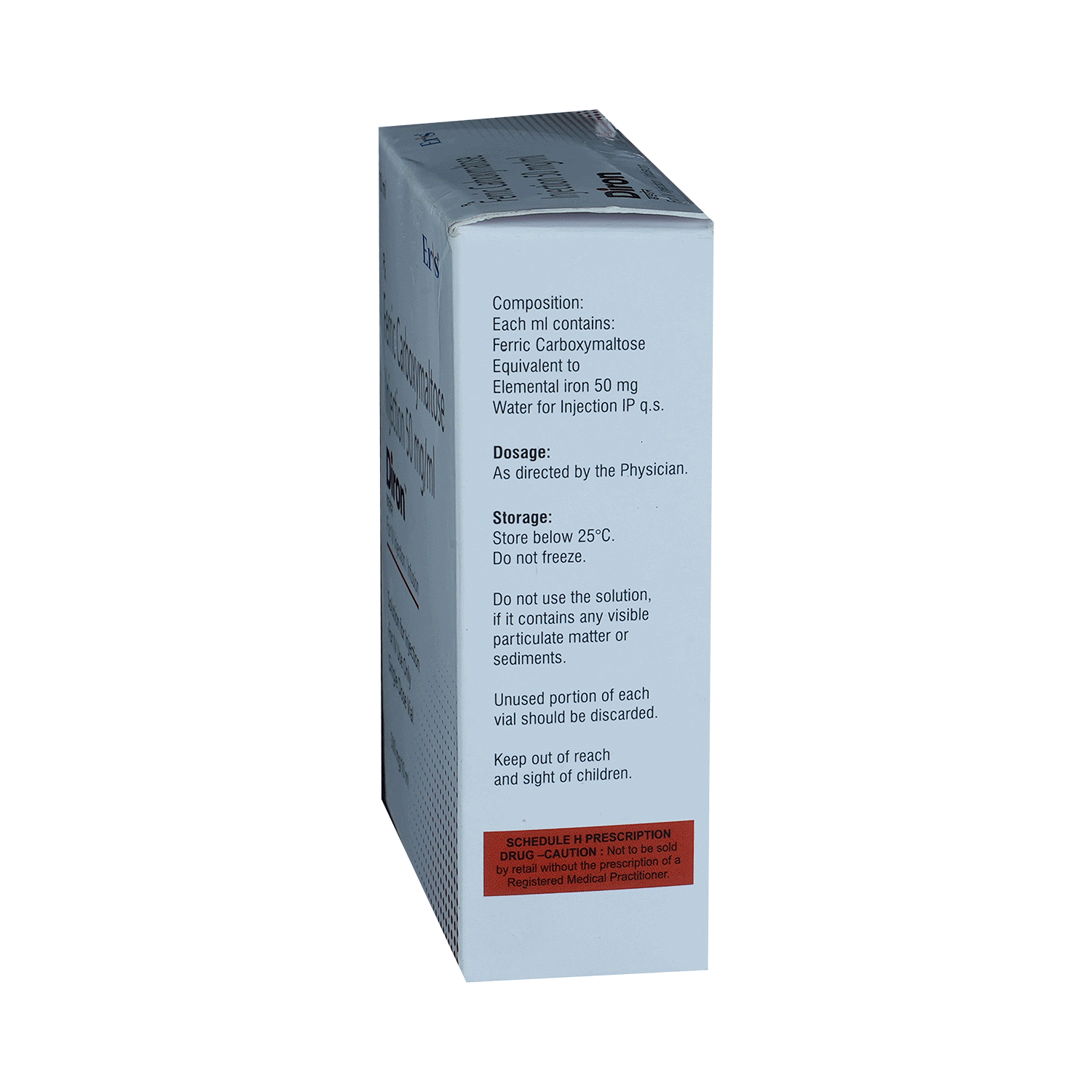
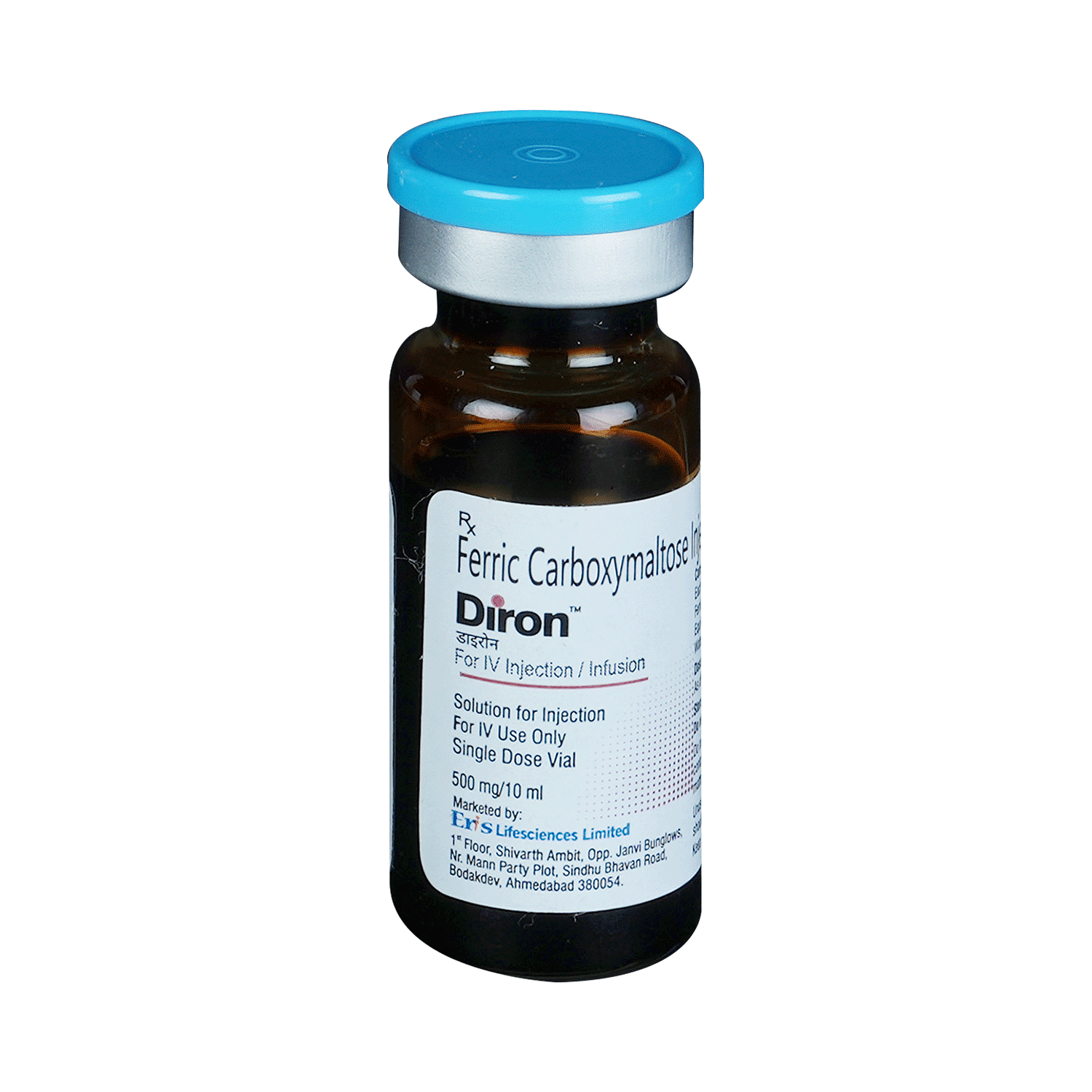
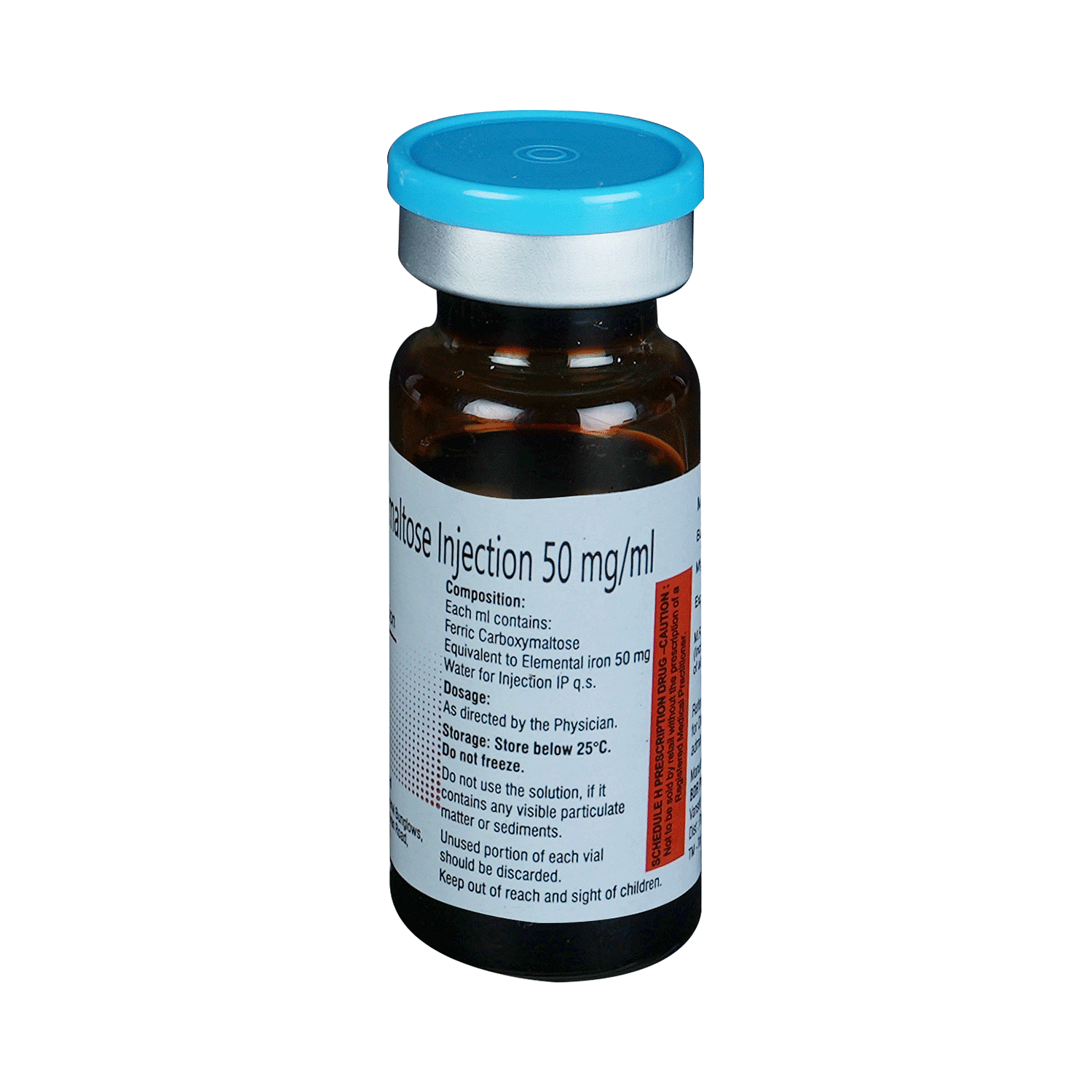
Diron Injection
Manufacturer
Eris Lifesciences Ltd
Salt Composition
Ferric Carboxymaltose (50mg/ml)
Key Information
Short Description
Diron Injection is an iron replacement medicine used to treat iron-deficiency anemia, a type of anemia where you have fewer red blood cells due to insufficient iron in your body.
Dosage Form
Injection
Introduction
Diron Injection is given by injection or infusion into a vein by your doctor or nurse. It is usually given in two doses seven days apart. Your doctor will decide how much and how often you may need injections to improve your anemia. Eating a well-balanced diet that has enough iron, vitamins, and minerals can help to replenish your iron reserves. Good sources of iron include meat, eggs, raisins, broccoli, and lentils.
Directions for Use
Your doctor or nurse will give you this medicine. Kindly do not self-administer.
Safety Information
Side Effects
Vomiting Headache Dizziness High blood pressure Pain or irritation at the site of injection
Alcohol Warning
It is not known whether it is safe to consume alcohol with Diron Injection. Please consult your doctor.
Breastfeeding Warning
Diron Injection is safe to use during breastfeeding. Human studies suggest that the drug does not pass into the breastmilk in a significant amount and is not harmful to the baby.
Pregnancy Warning
Diron Injection may be unsafe to use during pregnancy. Although there are limited studies in humans, animal studies have shown harmful effects on the developing baby. Your doctor will weigh the benefits and any potential risks before prescribing it to you. Please consult your doctor.
How it works
Diron Injection is an anti-anemic medication.It replenishes the iron stores in your body.Iron is vital for the formation of new red blood cells and hemoglobin
Quick Tips
Diron Injection is used for the treatment of iron deficiency When oral iron preparations are ineffective or cannot be used Your doctor or nurse will administer it by injection Your blood pressure and blood iron levels will be regularly monitored during treatment with this medication Do not consume alcohol when on treatment with this medicine as it may worsen its side effects
Related Medicines
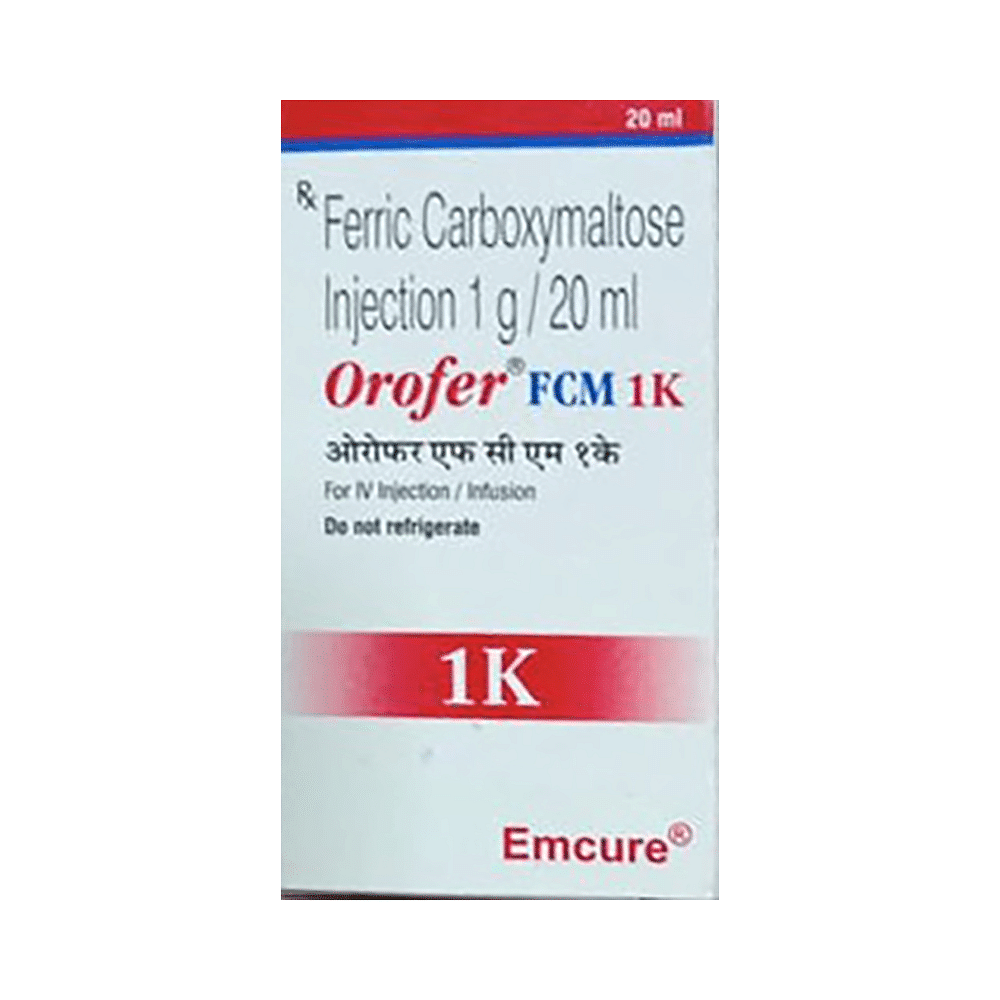
Orofer FCM 1K Injection
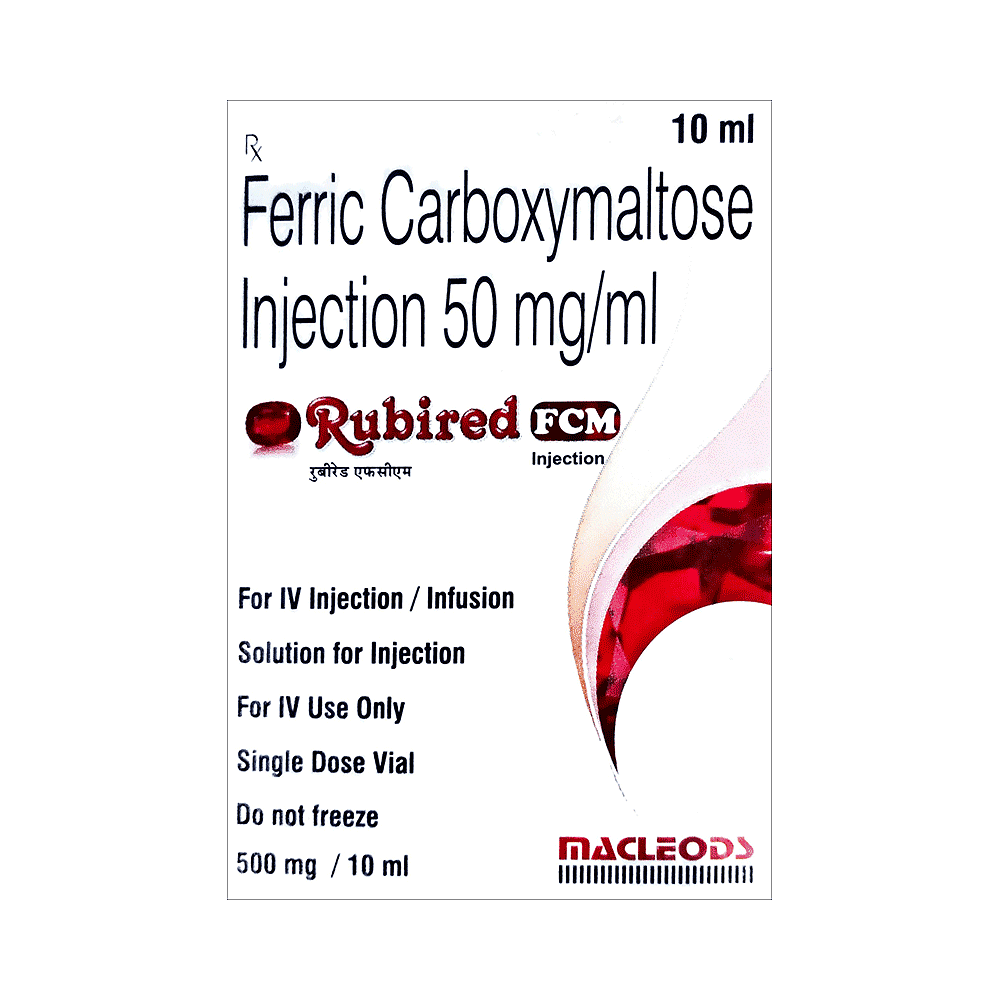
Rubired FCM Injection

Hfciem Injection

Foxymalt Injection

Paldela 50mg Injection
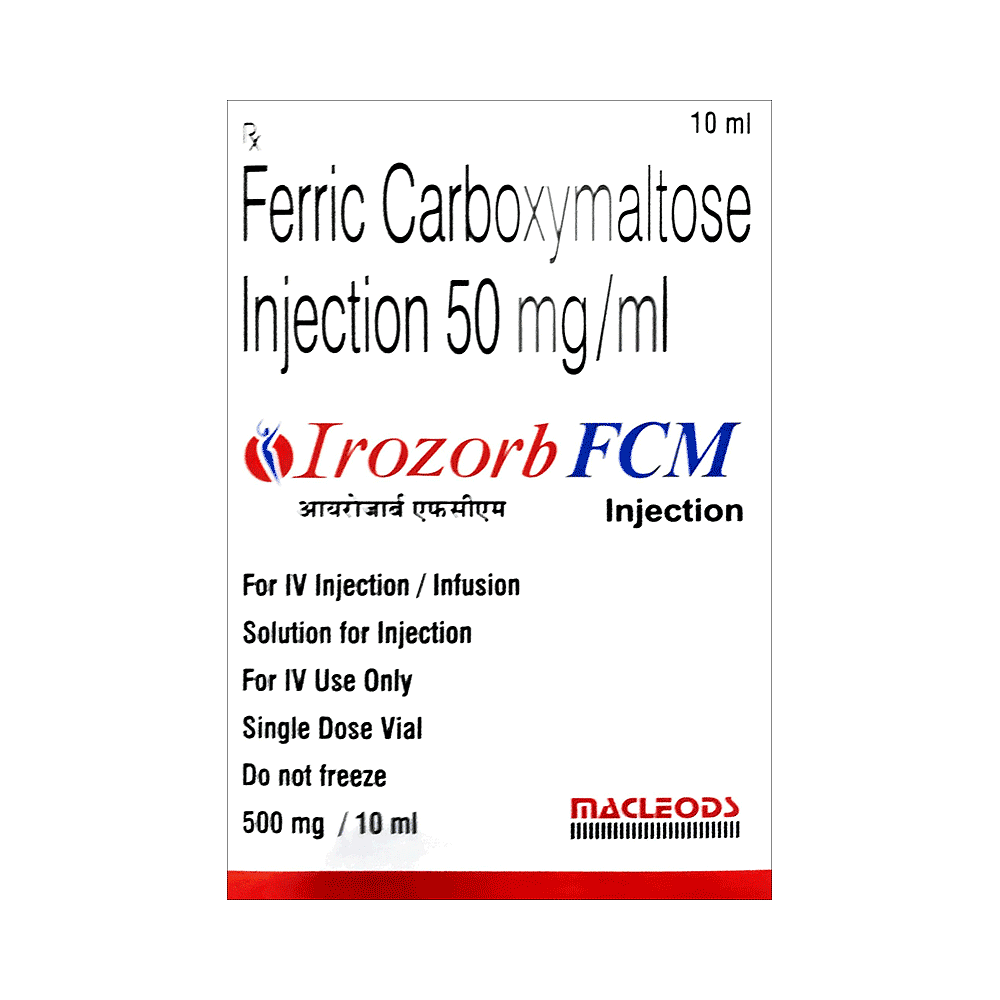
Irozorb FCM Injection
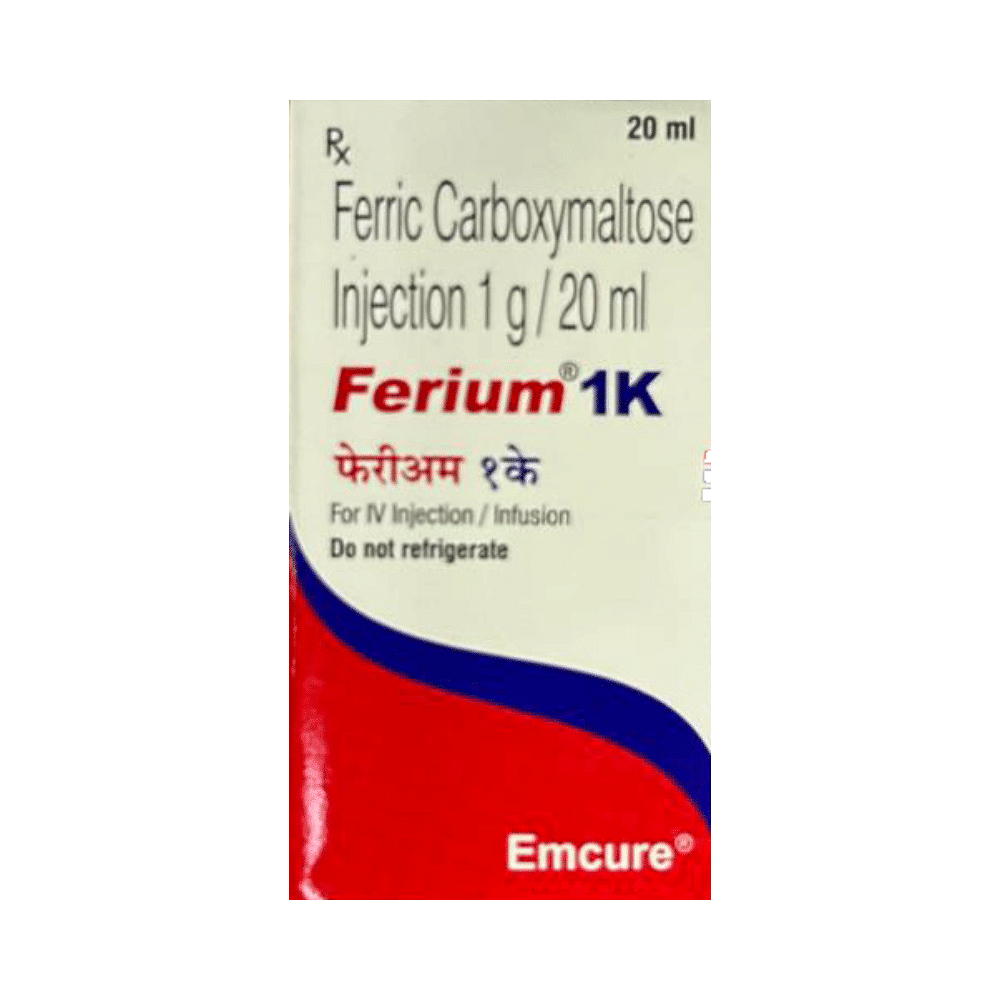
Ferium 1K Injection

Encicarb 50mg Injection
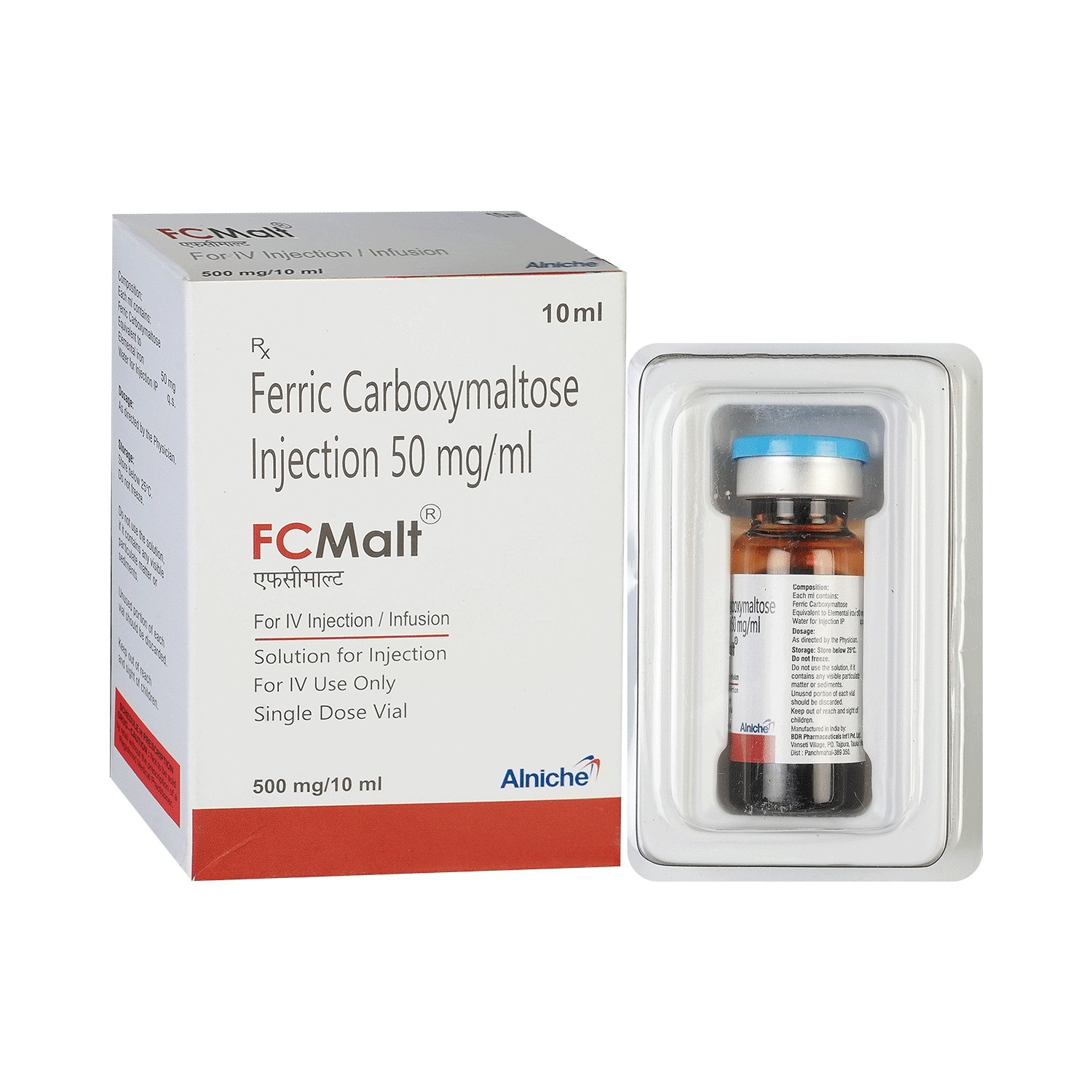
Fcmalt Injection

Effcm 50mg Injection
Frequently asked questions
What precautions should be taken when administering Diron Injection?
Diron Injection must be administered by trained staff who can recognize and manage severe allergic reactions (anaphylaxis). Administer as an undiluted injection directly into a vein or via a dialyzer if the patient is undergoing dialysis. Dilution with sodium chloride solution for intravenous infusion is also possible. Patients should be monitored for at least 30 minutes following each injection. Diron Injection should not be administered subcutaneously (under the skin) or intramuscularly (into the muscle).
How should Diron Injection vials be stored before use?
Diron Injection vials should be stored at 20°C to 25°C (68°F to 77°F). These vials should not be frozen. The temperature should not deviate more than 15°C to 30°C (59°F to 86°F).
How often can Diron Injection be re-injected?
Usually, two doses of this medicine are given 7 days apart. Hemoglobin levels are assessed at least 4 weeks after the final injection to allow time for RBC formation. If reports still indicate an iron deficiency, further administration may be necessary depending on individual needs.
Can Diron Injection increase blood pressure?
Yes, Diron Injection can cause a temporary increase in blood pressure accompanied by facial flushing, dizziness, and nausea. This effect typically occurs immediately after the medicine is taken and usually resolves within 30 minutes.
What should be done if there is leakage of Diron Injection?
Improper administration of Diron Injection may cause leakage from the injection site. If leakage occurs, immediately stop administering the medicine. Leakage can lead to skin irritation and long-term brown discoloration at the site of injection.
Is Diron Injection safe during pregnancy?
There is limited information on the use of Diron Injection in pregnancy. It's crucial to inform your doctor if you are pregnant or planning to become pregnant. Consult with your doctor if you become pregnant while taking Diron Injection. Your doctor will determine whether you should continue treatment or discontinue it.


